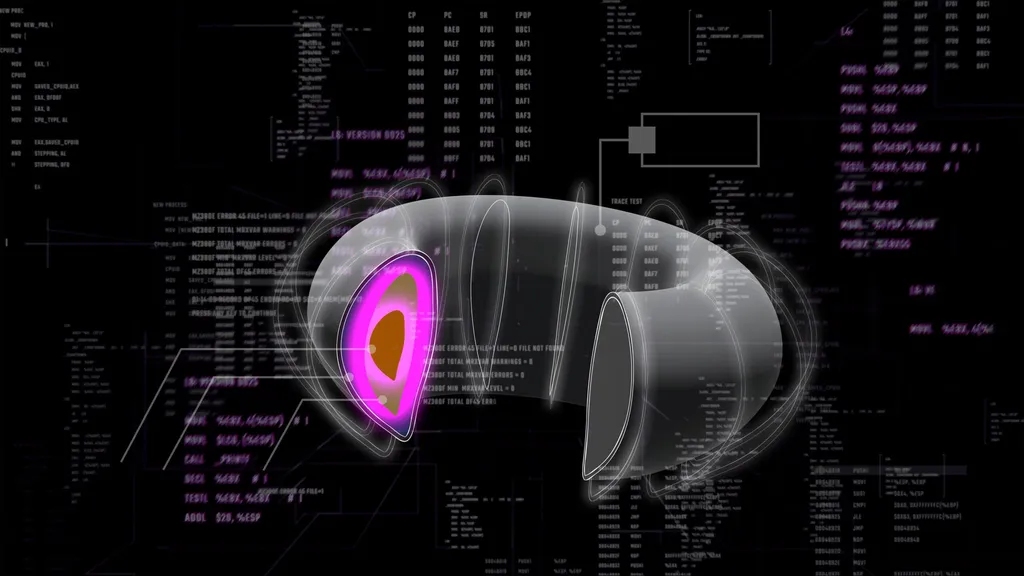In the relentless pursuit of harnessing fusion energy, scientists are continually grappling with the complexities of plasma behavior. A recent study, published in the journal *Nuclear Fusion* and led by Dr. J. Varela from the Institute for Fusion Studies at the University of Texas at Austin and Universidad Carlos III de Madrid, sheds light on the stability of Alfven eigenmodes (AEs) and fish-bones in Joint European Torus (JET) deuterium-tritium (DT) discharges. The findings could have significant implications for the commercial viability of future fusion reactors.
Fusion reactors, designed to mimic the sun’s energy-producing processes, rely on heating plasma to extreme temperatures. In JET, one of the largest tokamak devices in operation, plasma is heated using neutral beam injectors (NBIs) and high-frequency electromagnetic waves. However, the energetic particles (EPs) generated in this process can trigger EP-driven modes, leading to harmful EP losses and reduced heating efficiency.
Dr. Varela’s team conducted linear and nonlinear simulations using the gyro-fluid FAR3d code to analyze AE activity in JET DT discharges. Their simulations reproduced unstable toroidal AEs (TAEs) and fish-bones observed in the experiment, triggered by highly energetic passing deuterium populations and energetic trapped hydrogen, respectively. “The linear simulations reproduced the unstable n = 3 to 5 toroidal AEs at the inner plasma region observed in the experiment,” Dr. Varela explained. “This is a significant step in understanding the behavior of these modes in reactor-like conditions.”
The study also found that while alpha particles’ density was too small to destabilize AEs in the current experiment, artificially increasing their density by one order of magnitude could destabilize an n = 1 beta-induced AE in the inner plasma region. This insight could be crucial for future reactors, where alpha particles will play a significant role in heating the plasma.
Moreover, the nonlinear simulations indicated the generation of zonal structures during the AE/fish-bone saturation phase, leading to shear flows and zonal currents. These findings suggest that AE/fish-bone activity is weaker and shear flows are less intense in pure deuterium cases, consistent with experimental observations. “Both numerical studies and experimental evidence indicate the generation of shear flows by AE/fish-bones could be connected with an improvement of the thermal plasma confinement,” Dr. Varela noted.
The implications of this research are profound for the energy sector. Understanding and controlling these plasma behaviors could enhance the efficiency and economical viability of future fusion reactors. As Dr. Varela’s work demonstrates, the path to commercial fusion energy is paved with complex scientific challenges, but each breakthrough brings us one step closer to a sustainable energy future.
This research, published in the journal formerly known as *Nuclear Fusion*, not only advances our understanding of plasma physics but also brings us closer to realizing the dream of clean, abundant fusion energy.

